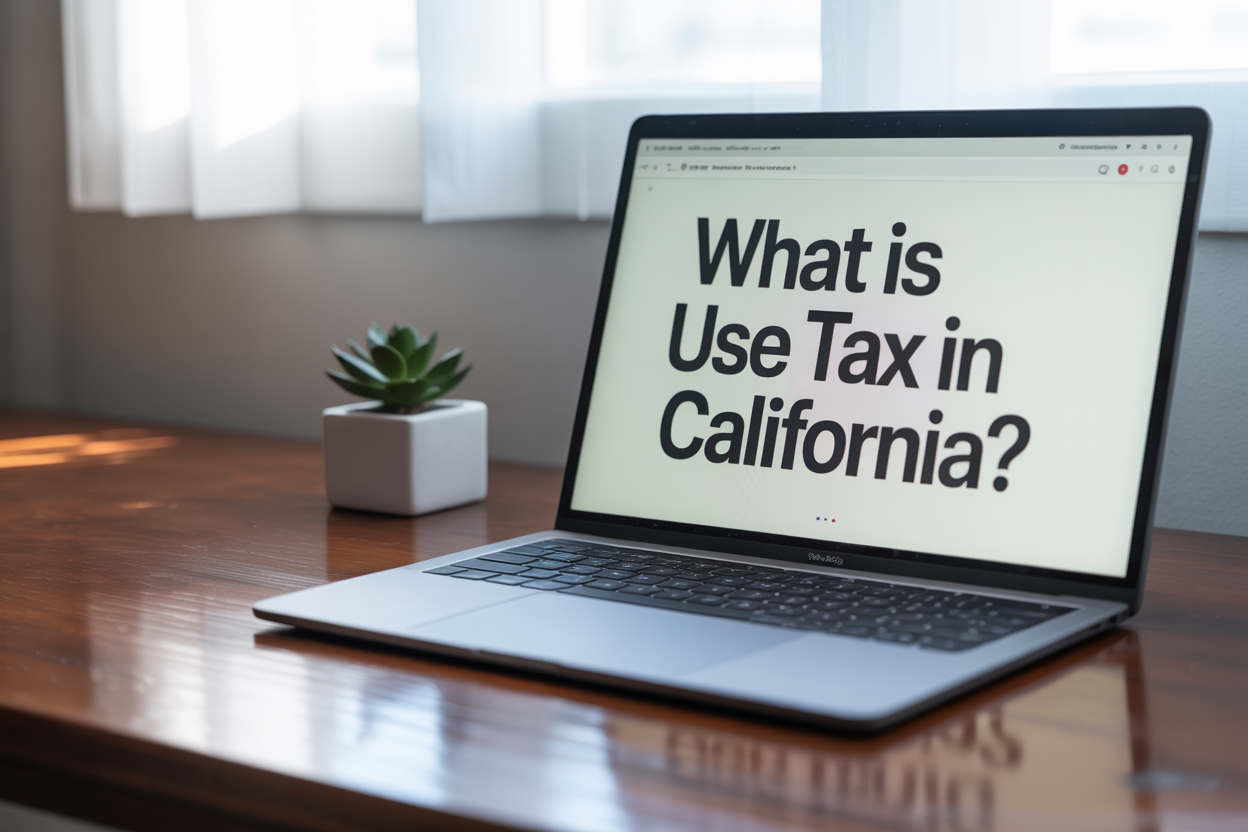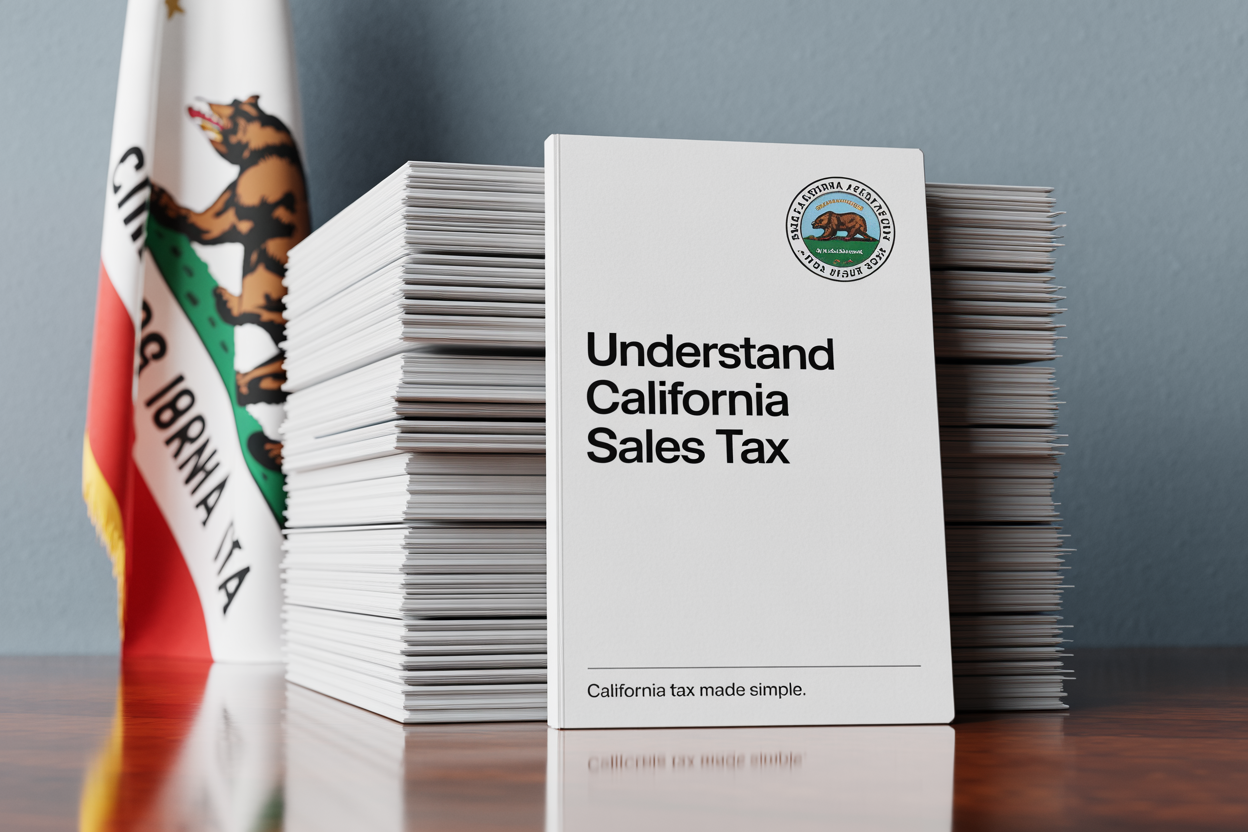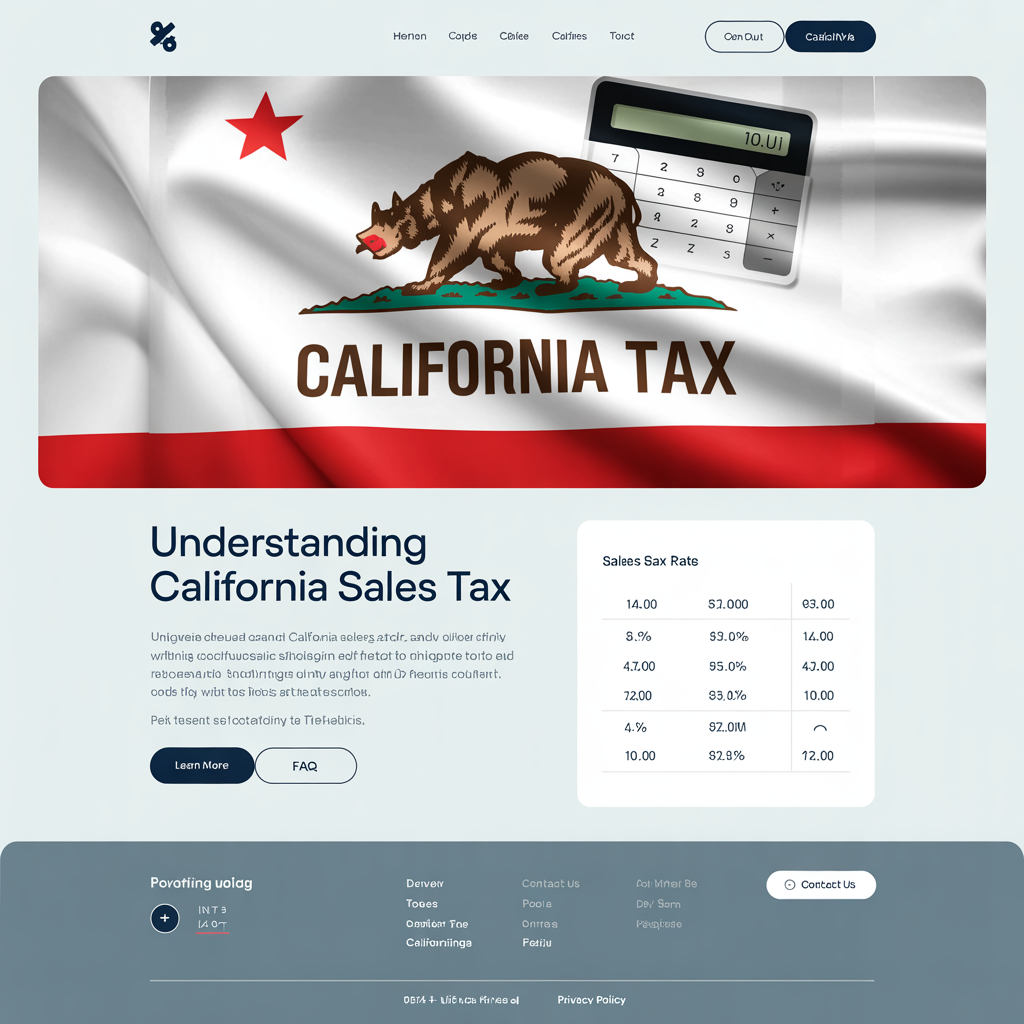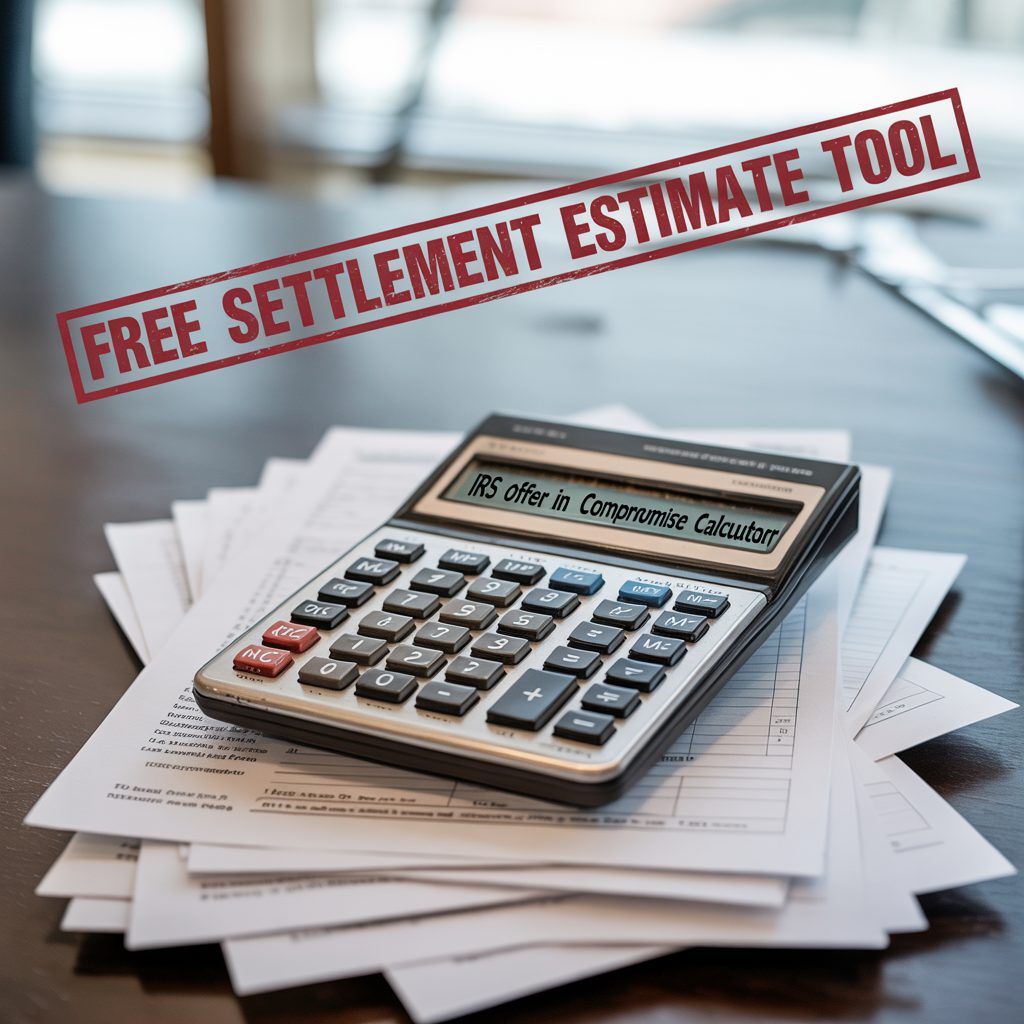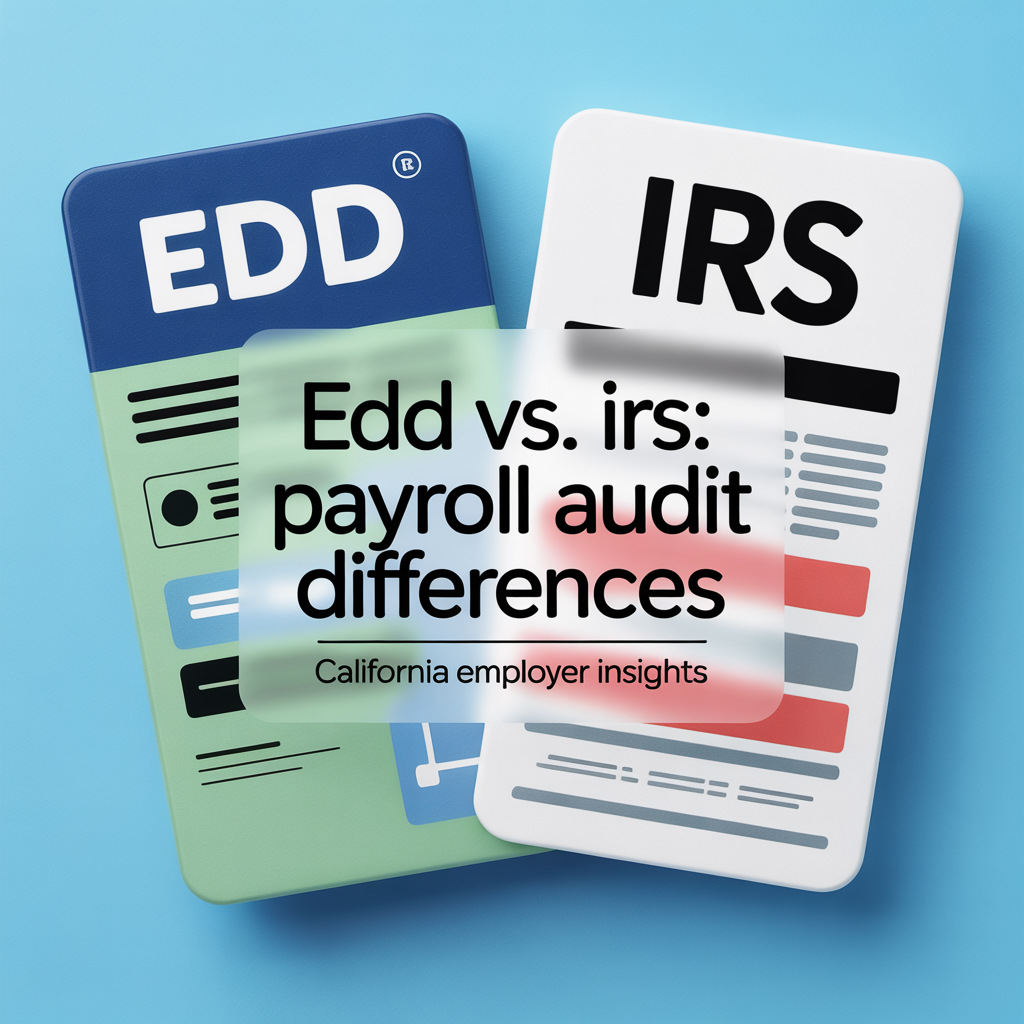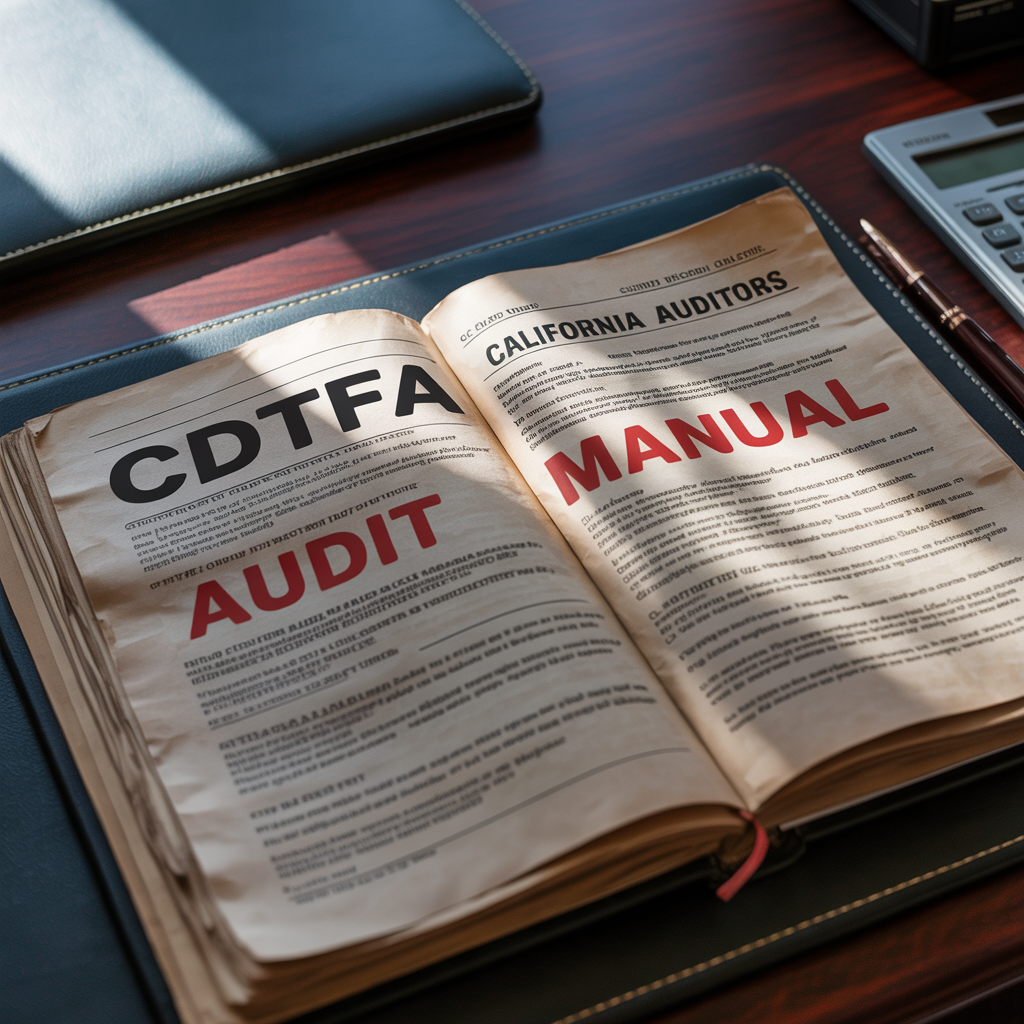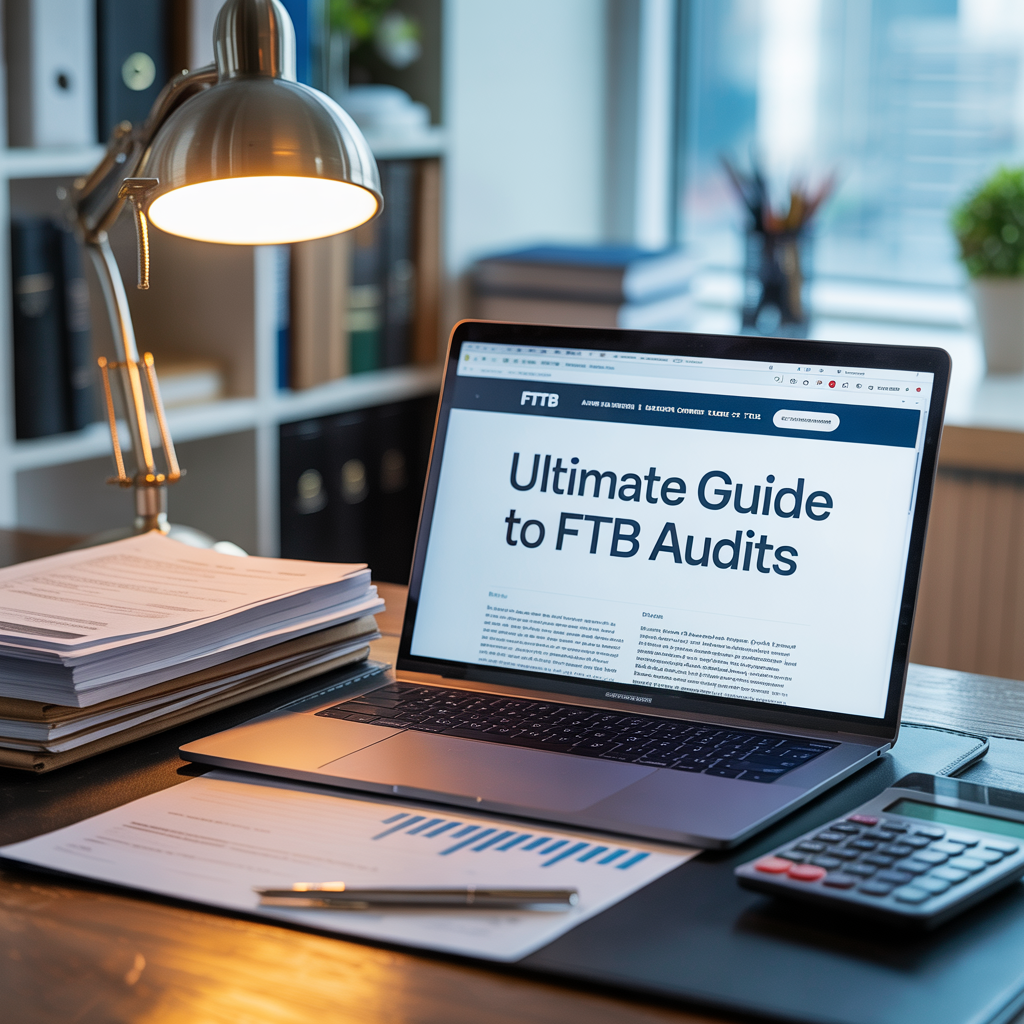IRS Levied My Client – What to Do as Their Accountant or Bookkeeper

Don’t Panic—There’s a Process for This
If you’re an accountant, bookkeeper, or payroll provider and just found out the IRS levied your client’s bank account or wages, you’re not alone. These situations happen fast—and often with very little warning.
But as the financial professional on record, your actions can either make the situation worse—or turn you into the trusted advisor your client needs most.
This blog walks through exactly what to do when your client is levied, what forms and strategies are involved, and how to protect your client from further IRS enforcement.
What Does It Mean When a Client Has Been Levied?
An IRS levy means the government has seized property or money from your client. This can take the form of:
- Wage garnishment (via Form 668-W)
- Bank account levy (via Form 668-A)
- Accounts receivable seizure
- Business asset seizure (rare)
Levies typically happen after an IRS notice of intent to levy has been issued and ignored for 30 days. For many small businesses, this leads to an IRS bank account levy in California or, in more severe cases, clients may call in panic saying IRS seized my bank account.
Step 1: Confirm What Type of Levy Occurred
Determine:
- Which IRS notice triggered it
- Whether it’s a continuous wage garnishment or one-time bank levy
- What IRS office is handling the case
- If the client is represented—or needs urgent CPA representation
Knowing this helps you assess whether quick relief is possible and can you stop an IRS levy after it starts—the answer is yes, but only with fast, strategic action.
Step 2: Determine the Client’s Immediate Risk
Help your client assess:
- Payroll exposure (if wages are being garnished)
- Cash flow disruption (if accounts are frozen)
- Vendor or receivables interference (if IRS is contacting customers)
- Whether the levy jeopardizes basic business operations
For employees, IRS wage garnishment enforcement can cripple personal and household finances. For business owners, enforcement may also overlap with California EDD payroll enforcement, meaning both federal and state agencies are pursuing collection at the same time.
Step 3: Organize Financials for Resolution
You’ll need to help prepare:
- Form 433-A or 433-B (Collection Information Statement)
- Most recent tax returns (business and/or personal)
- Bank statements, income proof, and expense documentation
- If a business: payroll summaries, AP/AR, profit & loss
Accurate, complete financials give the IRS a reason to stop or reverse enforcement.
Related: IRS Seized My Bank Account – Can I Get the Money Back?
Step 4: Help Them Choose a Resolution Strategy
Common options include:
- Installment Agreement
- Offer in Compromise
- Currently Not Collectible
- Filing a Collection Due Process or CAP appeal
As their trusted advisor, you can help them decide which path is best—or refer them to a tax resolution CPA to handle negotiations.
Step 5: Communicate With Payroll, Vendors, or Lenders
You may need to:
- Alert the client’s payroll provider about garnishment notices
- Help manage cash flow during the levy period
- Document IRS releases or payment plans for lenders or vendors
- Prepare client for documentation requests during underwriting or audits
We Help Accountants and Bookkeepers Support Their Clients During IRS Levies
At Boulanger CPA and Consulting PC, we:
- Handle urgent IRS levy release negotiations
- Work with payroll providers and lenders
- Draft resolution packages quickly and professionally
- Take over IRS communications on your client’s behalf
We also encourage professionals to learn more in Defend What’s Yours, because protecting your clients is about more than just fixing one levy—it’s about long-term defense and resolution.
Call (657) 218-5700 or refer a client directly at www.orangecounty.cpa
Frequently Asked Questions
What should I do first if the IRS levied my client?
Confirm the type of levy (wage, bank, or accounts receivable) and the notice that triggered it. This determines how much time you have to act and what resolution options exist.
How quickly must I respond to protect my client’s funds?
Banks hold levied funds for 21 days before sending them to the IRS. Acting immediately increases the chance of negotiating a release or alternative arrangement.
Can I negotiate directly with the Revenue Officer?
Yes. Advisors can often negotiate with the Revenue Officer for a levy release, installment agreement, or other resolution. Professional representation is highly recommended.
What financial information will the IRS require?
The IRS usually requests Form 433 financial disclosures, including income, expenses, assets, and liabilities, to evaluate payment options or hardship claims.
Can levied funds ever be refunded?
Yes. If the levy caused undue hardship or was issued in error, funds may be returned. Otherwise, money seized prior to resolution usually remains with the IRS.
What if the levy is payroll-related?
Payroll tax cases are high priority for the IRS. In addition to levies, they may pursue the Trust Fund Recovery Penalty against responsible individuals.
Can state agencies also levy my client?
Yes. The California Franchise Tax Board (FTB) and Employment Development Department (EDD) can issue levies separately from the IRS for state tax debts.
Should accountants handle levies alone?
Not always. Many cases require collaboration with tax resolution professionals or attorneys to ensure the client’s rights are protected and the levy is resolved quickly.
📣 About the Author
Marc Boulanger, CPA is the founder of Boulanger CPA and Consulting PC, a boutique tax resolution firm based in Orange County, California and trusted by high-income individuals and business owners across Southern California.
He is the author of Defend What’s Yours: A California Taxpayer’s Guide to Beating the IRS and FTB at Their Own Game, available now on Amazon. The book offers a step-by-step plan for resolving IRS and FTB tax debt without losing your business, your home, or your peace of mind.
With over a decade of experience resolving high-stakes IRS and State tax matters, Marc brings strategic insight to complex cases involving wage garnishments, bank levies, unfiled returns, and six-figure tax debts. He is known for helping clients reduce or eliminate tax liabilities through expertly negotiated settlements and compliance plans.
Marc is a Certified Public Accountant licensed in California and Oklahoma and holds the designation of Certified Tax Representation Consultant. He is a member of the American Society of Tax Problem Solvers (ASTPS) — the national organization founded by the educators and practitioners who have trained thousands of CPAs, EAs, and tax attorneys in IRS representation strategy.
Every case is handled with discretion, proven methodology, and direct CPA-led representation — not call center scripts.
📍 Learn more at www.orangecounty.cpa or call (657) 218-5700.

